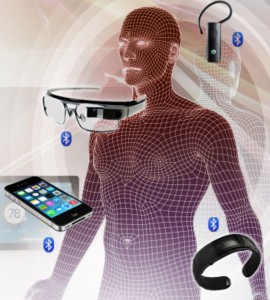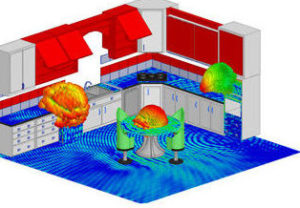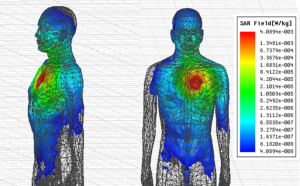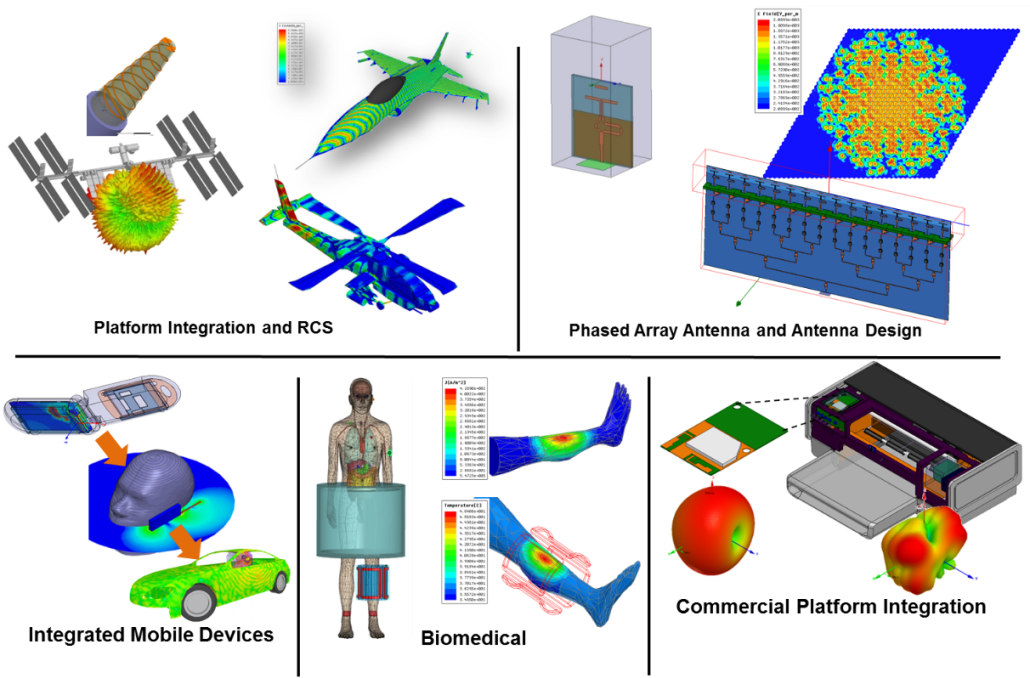
Ansys Medical Device Simulation Solutions
Biomedical companies rely on Ansys software to keep us alive and deal with their unique industry challenges. The ability to innovate as well as provide the safe products that doctors and patients trust are crucial to medical device companies. In order to comply with regulatory constraints and avoid unnecessary clinical testing, companies turn to the trusted market leading analysis software Ansys.
With greater regulatory acceptance then ever before, computational modeling with Ansys allows companies to test in silico in order to reduce or avoid costly ‘build and test’ cycles. Parametric variation of device parameters and patient specific models can build confidence in a wide range of scenarios. The depth and breadth of the Ansys portfolio of software ensures you will be able to simulate your device’s true behavior in a physiologically real environment.
What is Antenna?
Antenna is an electrical device (transducer) used to transform electrical power to RF waves, and vice versa.
 For designing an antenna, as an antenna design engineer, you need to know, what is the desired frequency, gain, bandwidth, impedance, and polarization? If you never heard of these parameters, these are antenna fundamental parameters which characterize an antenna.
For designing an antenna, as an antenna design engineer, you need to know, what is the desired frequency, gain, bandwidth, impedance, and polarization? If you never heard of these parameters, these are antenna fundamental parameters which characterize an antenna.
Antenna Fundamental Parameters:
- Frequency
- Bandwidth
- Radiation Pattern
- Directivity
- Radiation Efficiency
- Gain
- Polarization
- Return Loss
- Impedance

- Multiband
- High Efficiency
- Working in complex environment
- Cost effective
Ansys Electromagnetics products predict antenna design performance and EMI-EMC failures for wide variety of applications:
- Mobile phones, smart wearables, tablets, PCs, hearing aids, MP3 players, laptops, TVs, gaming consoles
- Automotive telematics, infotainment, navigation and driver assistance
- Telecommunications networks
- Aerospace, military and satellite communications
 The wide and fast growing application of wireless devices yields to a lot of concerns about their safety standards. The Specific Absorbtion Rate (SAR), which measures the electromagnetic power density absorbed by the human body tissue, is considered as an index by FCC to regulate the amount of exposure of the human body to electromagnetic radiation.
The wide and fast growing application of wireless devices yields to a lot of concerns about their safety standards. The Specific Absorbtion Rate (SAR), which measures the electromagnetic power density absorbed by the human body tissue, is considered as an index by FCC to regulate the amount of exposure of the human body to electromagnetic radiation.
Antenna integration is a complex multi-scale and multi-domain problem. The major challenges in antenna integration modeling are accuracy, electrical size and scale, geometric complexity, platform materials, placement and co-site interference, and solution time. The antenna performance/characteristic can be affected after integrating on the platform (Far-Field pattern degraded, input impedance detuned…). Successful Integration of antenna systems on platforms requires that the design engineers overcome these challenge. Here are some tips and tricks to overcome the challenges:
- De-feature models obtained from mechanical or electrical CAD tools when possible. (These models typically include geometry details insignificant for electromagnetic analysis)
- Removing unnecessary model details reduces mesh density and runtime. (Use good engineering judgment to make certain that removed features are electrically insignificant)
- Using Ansys Electronics High Performance Computing (HPC) to reduce run time.
- Using HFSS Hybrid Solution (Integral Equation, Physical Optics) or HFSS integration with SAVANT for large electrical size and scale.



![Ansys-elite-channel-partner-horizontal-reversed[1]](https://www.ozeninc.com/uploads/2022/06/Ansys-elite-channel-partner-horizontal-reversed1.png)